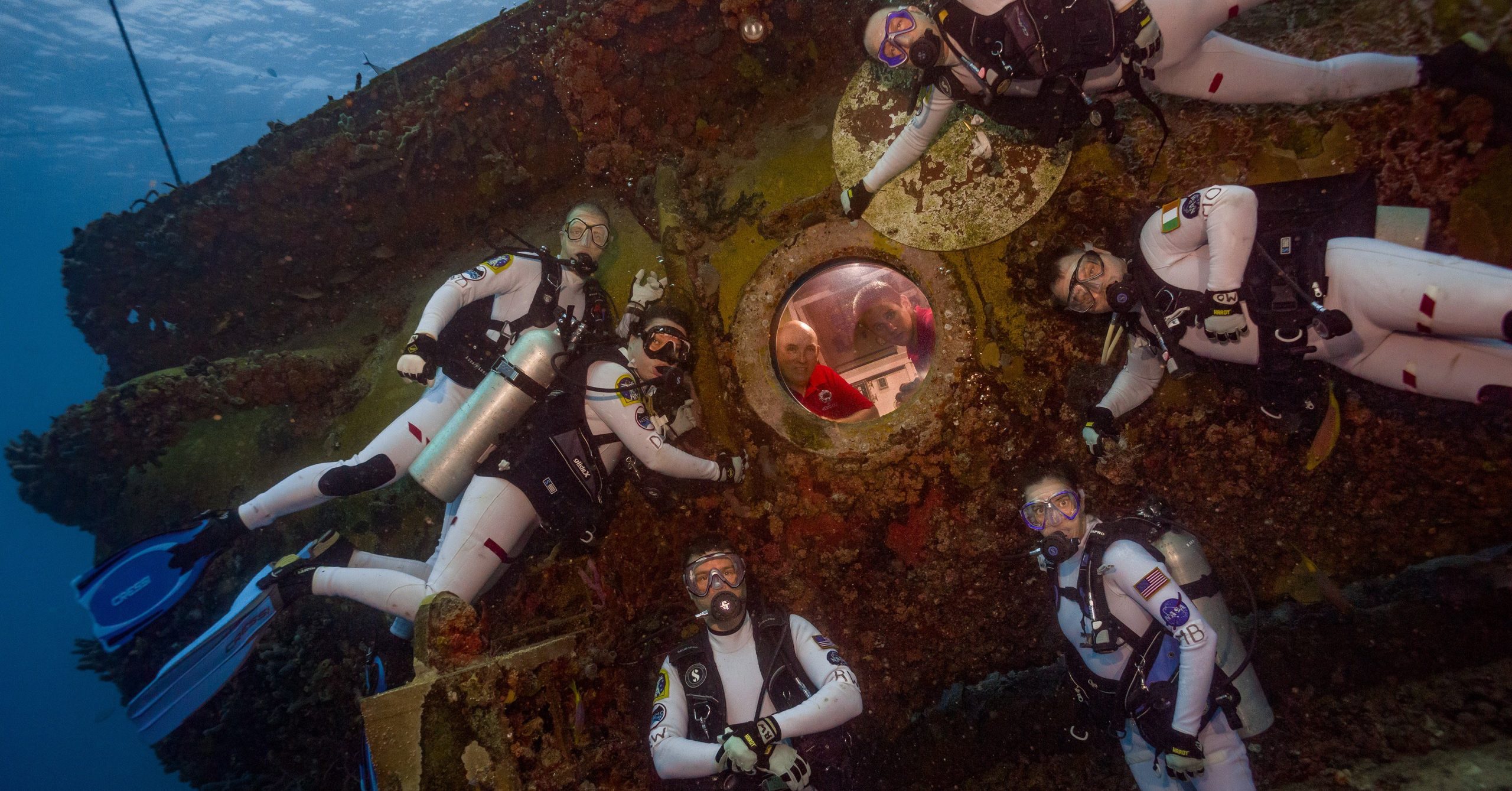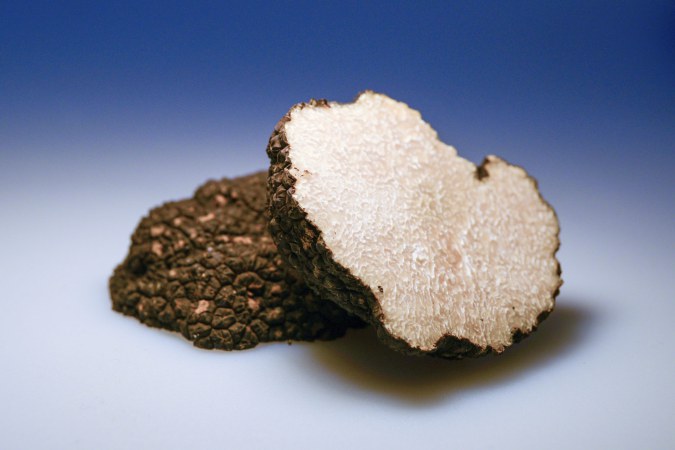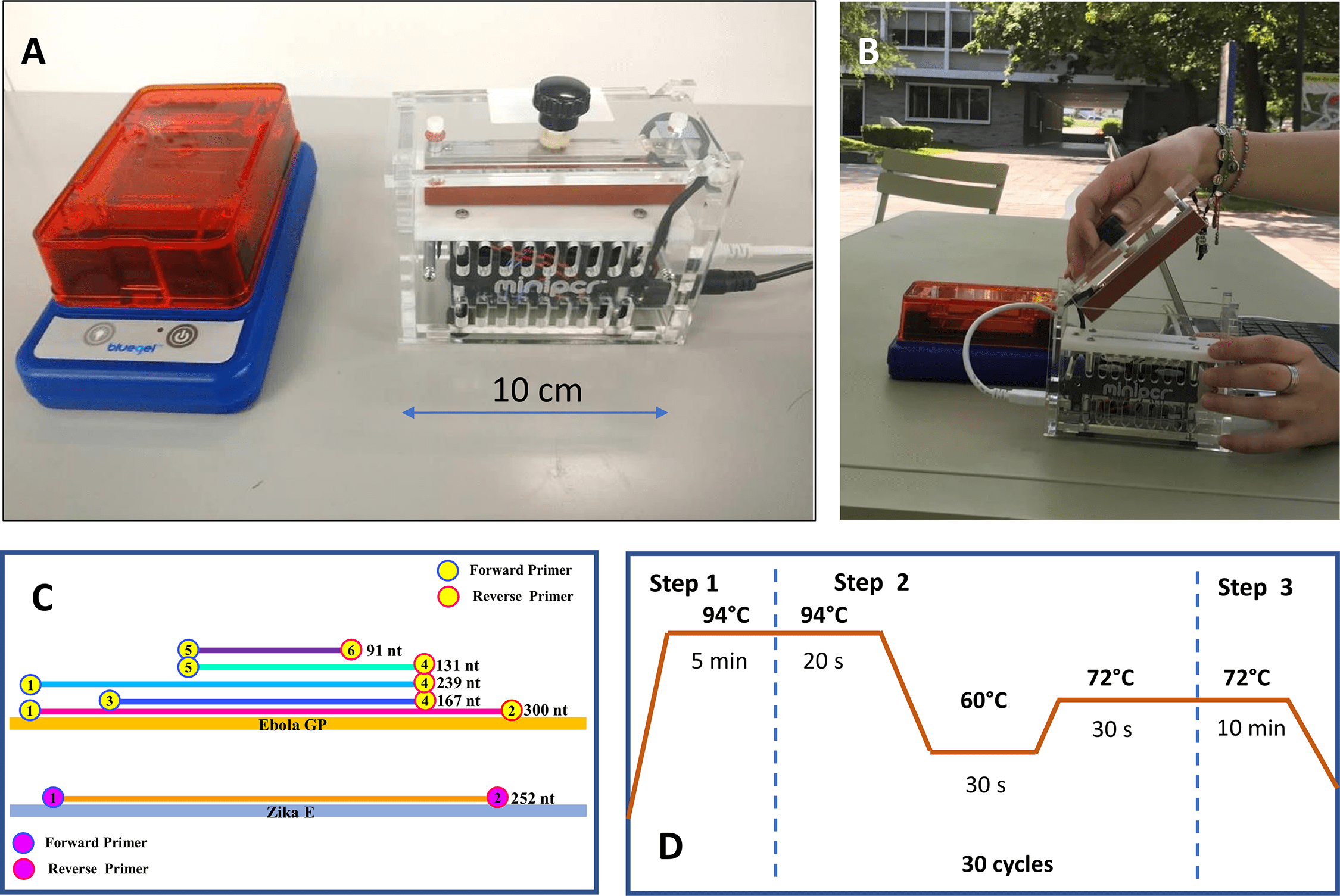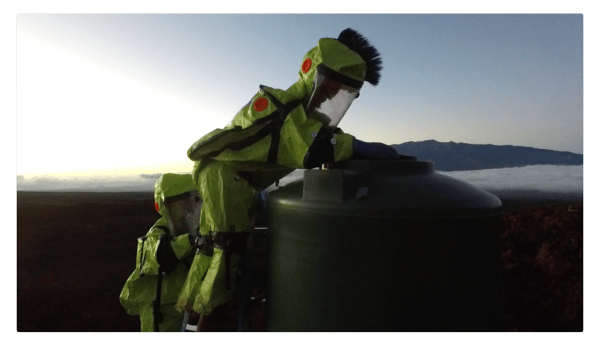Bringing biotech to remote rural communities in Alaska
Professor Linda Nicholas-Figueroa of Iḷisaġvik College in Utqiaġvik, Alaska has been traveling to North Slope villages to hold free biotech workshops in remote rural communities. Using miniPCR equipment, she’s able to introduce kids in Alaskan villages to basic molecular biology techniques.
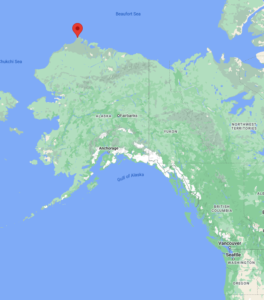
Alaska’s only tribal college, Iḷisaġvik is located in Utqiaġvik, Alaska, the northernmost community in the United States. Utqiaġvik is part of the North Slope Borough, which comprises the upper region of Alaska. Utqiaġvik measures over 94,000 square miles (about the size of Wyoming), and has a total population of around 11,000 people. There are eight villages in the borough, most of which are not connected to the road system and are accessible only by airplane or by community snow roads in the winter. The majority of the region’s inhabitants are Iñupiat.
Professor Nicholas-Figueroa traveled to the villages of Atqasuk and Nuiqsut. In Nuiqsut, ten students, ages 9-20, came to the community center on a Saturday afternoon. Nine-year-old Hailie Hopson said this was the first time she really had an opportunity to do science. “I learned so much!” she said.
Professor Nicholas-Figueroa says she does it for the “aha moment.” “My joy is seeing the excitement in their faces when they learn something new or see something for the first time,” she says. The villages, she points out, are over 500 miles from the next closest university, so it might be the first time these kids will see equipment like this. Professor Nicholas-Figueroa has taught at Iḷisaġvik for thirteen years and is the Principal Investigator for two NSF grants that involve student research into microbes in snow and permafrost. She hopes the recent workshops will be the first of many.


Left: Frances Itta of Atqasuk loads DNA samples into a blueGel. Right: Sarah Ahkiviana of Nuiqsut practices pipetting by making a design with colored water using the Microliter Madness lab kit.
This post was contributed by Kendra Mack of Iḷisaġvik College
—
Related resources:


